As the ground starts warming up in the bright spring sunshine, it is time to prepare your garden plot. Early spring preparations are the foundation for a long and bountiful growing season. While getting your garden ready for spring may be backbreaking, these steps will help produce a healthy garden.
As a long-time gardener, I’ve gathered my top spring gardening tips to help you start this season right.
1. Check Your Planting Blueprint

Image Credit: Shutterstock.
Every garden needs a blueprint to get the best results. For example, pumpkins don’t grow well next to potatoes, but corn and pumpkins complement each other in the garden.
Anything from the cabbage family does not gel well with pole beans, fennel, or tomatoes. Placement of plants that complement each other can make the difference between a good garden and a great garden.
2. Order Seeds

Image credit: Backyard Garden Lover.
Make sure all your seeds are ordered and ready to be used. Many people start the garden inside so the plants are well on their way when they are transplanted to the garden. This is especially important if the growing season window is short.
Have seeds left over from last year? Or did you save some seeds from your favorite harvest? It’s time to pull them out!
3. Decide When to Begin Planting

Image Credit: Deposit Photos.
I know you’re ready to start planting your garden. But don’t rush, or you’ll waste time and your precious seeds (or seedlings you’ve carefully nurtured). Before you plant anything, contact the county’s agricultural extension office to find out the last frost date in your area. Based on this date, make a tentative timeline for the completion of early spring garden preparations, including cool-weather crop planting.
4. Plan Crop Rotation
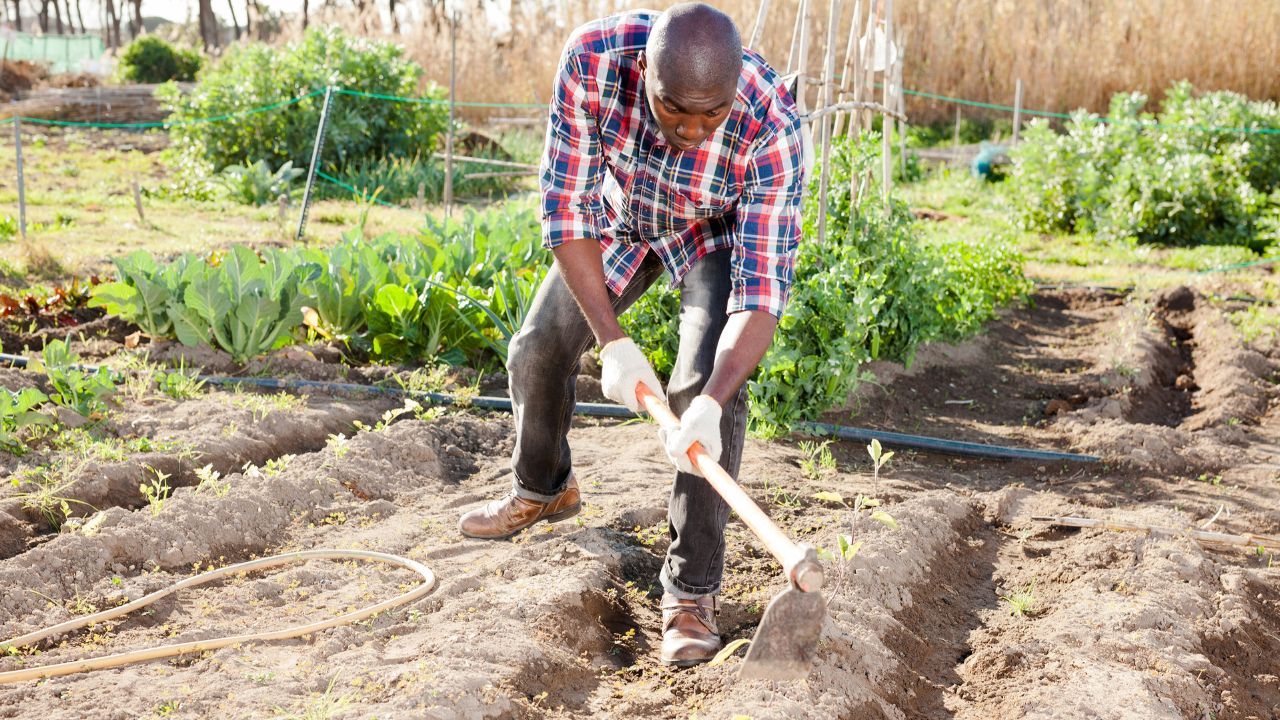
Image Credit: Shutterstock.
A big part of spring cleaning is crop rotation. Moving the crops around and companion planting is one of the best ways to get the most use from the soil.
The Farmer’s Almanac also mentions that having the same plants on repeat in the same spot increases the risk of pests. Having the right plants in each section of your garden can also provide natural bug protection, as long as they’re rotated frequently. For example, plant basil next to the tomatoes so the bugs will stay away. If you do, when you are harvesting, you can make marinara sauce.
5. Test Your Garden Soil

Image Credit: Shutterstock.
Test the soil using a soil testing kit purchased from a local hardware store or send a sample to a lab suggested by the county’s extension office. Learning the pH and mineral composition of soil is a major element for a thriving garden. Soil pH is a measure of acidity or alkalinity, ranging between 0 and 14, where 7 is neutral, 0 is highly acidic, and 14 is highly alkaline.
The right fertilizer and soil amendments will depend on the plant material, pH, and mineral levels in the soil. The most common amendments are lime (to reduce acidity), phosphorous, nitrogen, and potassium. Other materials, such as peat, manure, and vermiculite, are added to improve organic composition and drainage.
6. Till the Soil
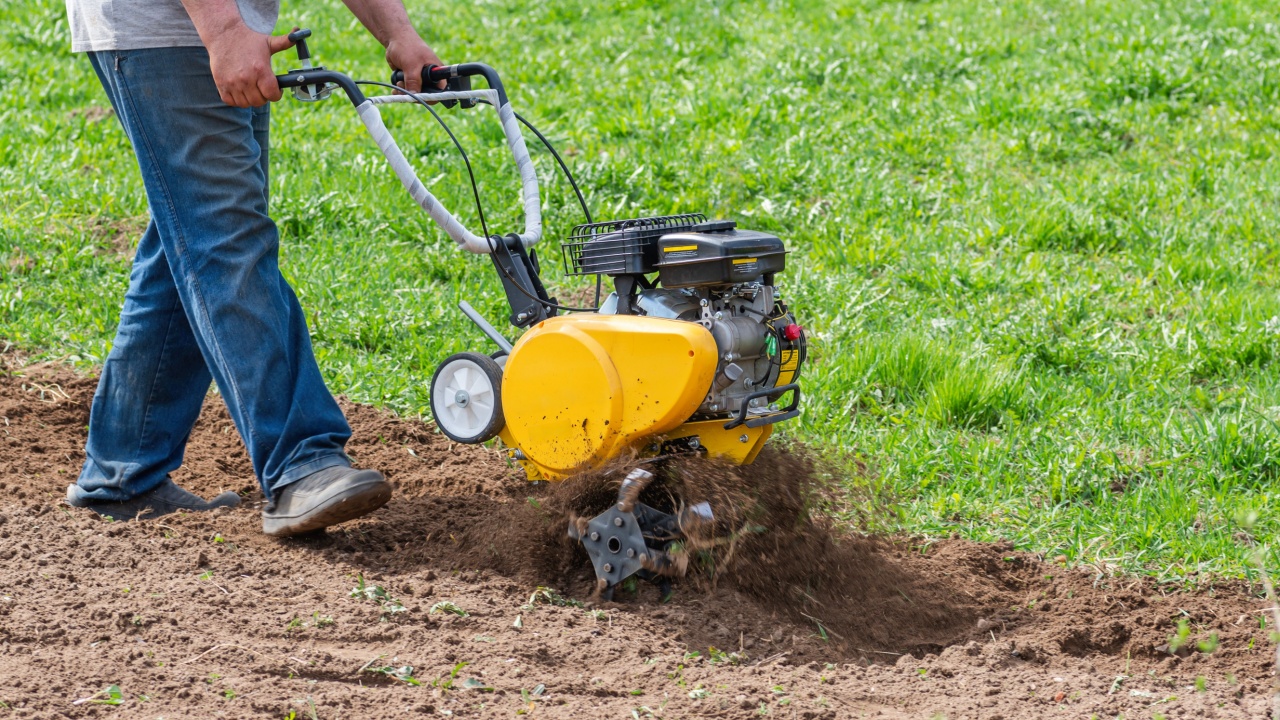
Image Credit: Shutterstock.
Tilling the soil in your garden breaks up weed roots and destroys pest nests. The best tilling depth is about twelve inches: it will get rid of weeds and turn the topsoil. Tilling more shallowly will leave weed roots intact and ready to pop up again.
There is some debate over whether to till or not, due to erosion and soil quality concerns. If you’re not up for tilling, you might be in luck. However, it is generally the easiest way to get your garden up and running quickly.
7. Prepare Garden Tools and Accessories

Image Credit: Shutterstock.
Crack open the garden shed and check on the tools. Are any missing? Are they in good repair? If all this is good, then it is time to move it outdoors as soon as the ground thaws.
Sharpen all hand pruners, saws, shears, and lawn mower blades. Keeping a sharp pruner and saw ensures not only a good, clean cut for plants but also protects personal safety. Most hand pruners have blades that can be sharpened at home using a whetstone. If this is uncomfortable, replacement blades are often inexpensive and worth the investment.
Take inventory of the tomato cages and other plant supports that survived last season. Early spring is often the best time to stock these items since stores will have more varieties in stock. Supporting the heavy heads of flowers, such as peonies, promotes a healthier plant, and keeping vegetable plants vertical reduces the chance of certain insects from reaching the developing fruit and buds.
Don’t forget to get a couple of watering hoses for the garden.
8. Prepare Garden Beds
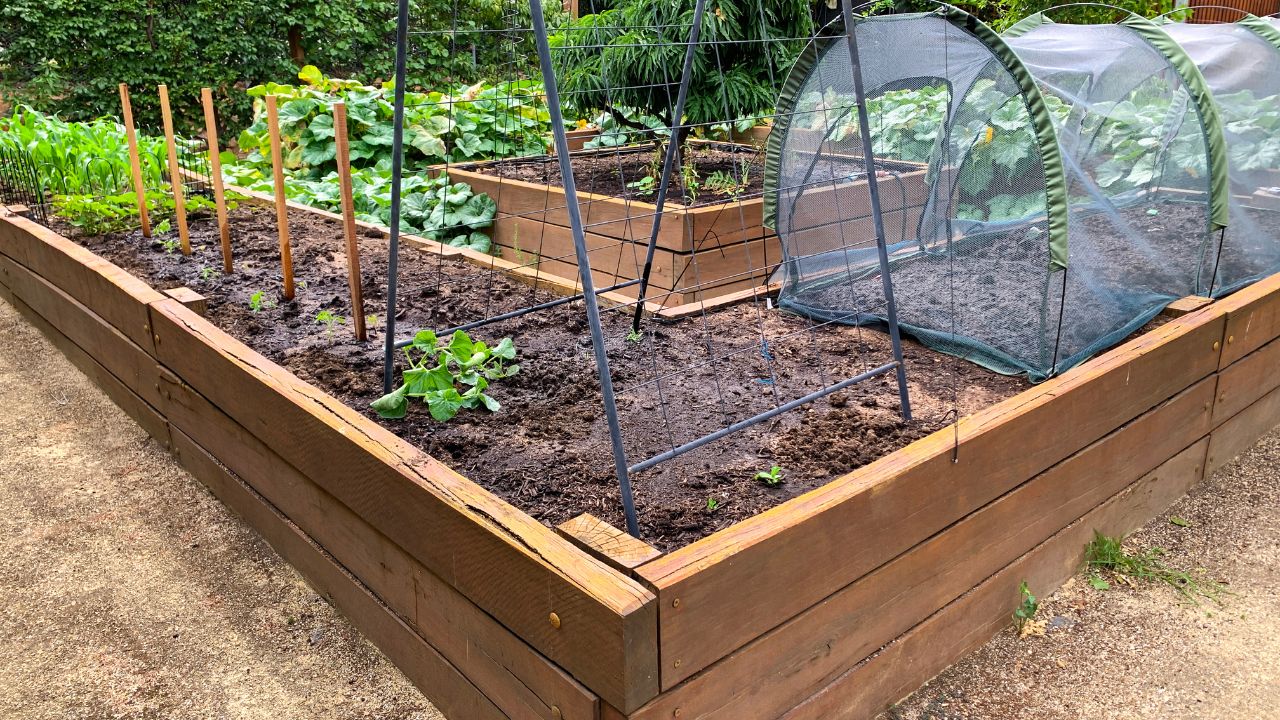
Image Credit: Shutterstock.
Pulling perennial weeds such as chickweed and chicory is often one of the first chores in the garden. To make weeding easier, weed when the soil is slightly moist. This will allow roots to be pulled in one piece with greater ease than attempting to wrestle them out of hard, packed soil.
Some gardeners choose to lay black plastic or weed control fabric down before planting, to get rid of weeds. This method effectively prevents sunlight and sufficient oxygen from reaching immature weeds, choking them out.
Mulching is another preferred method of non-chemical weed control. By adding around 2″ of mulch, weeds are choked out, and moisture is kept in. Mulch helps soil retain water and stay cool in even the sunniest of locations. However, beware of when mulch is laid because it reduces soil temperature. Applying it too early will only lengthen the time before anything can be safely planted.
9. Repair Fencing Where Required

Image Credit: Shutterstock.
It is very disheartening to find a herd of deer standing out and munching on what you had planned for dinner. If you have a fence around your garden, make sure there are no holes.
If you don’t have a fence around your garden but struggle with rabbits, squirrels, and other garden enemies, consider putting up a fence to keep them out of your veggies.
10. Check and repair the watering system
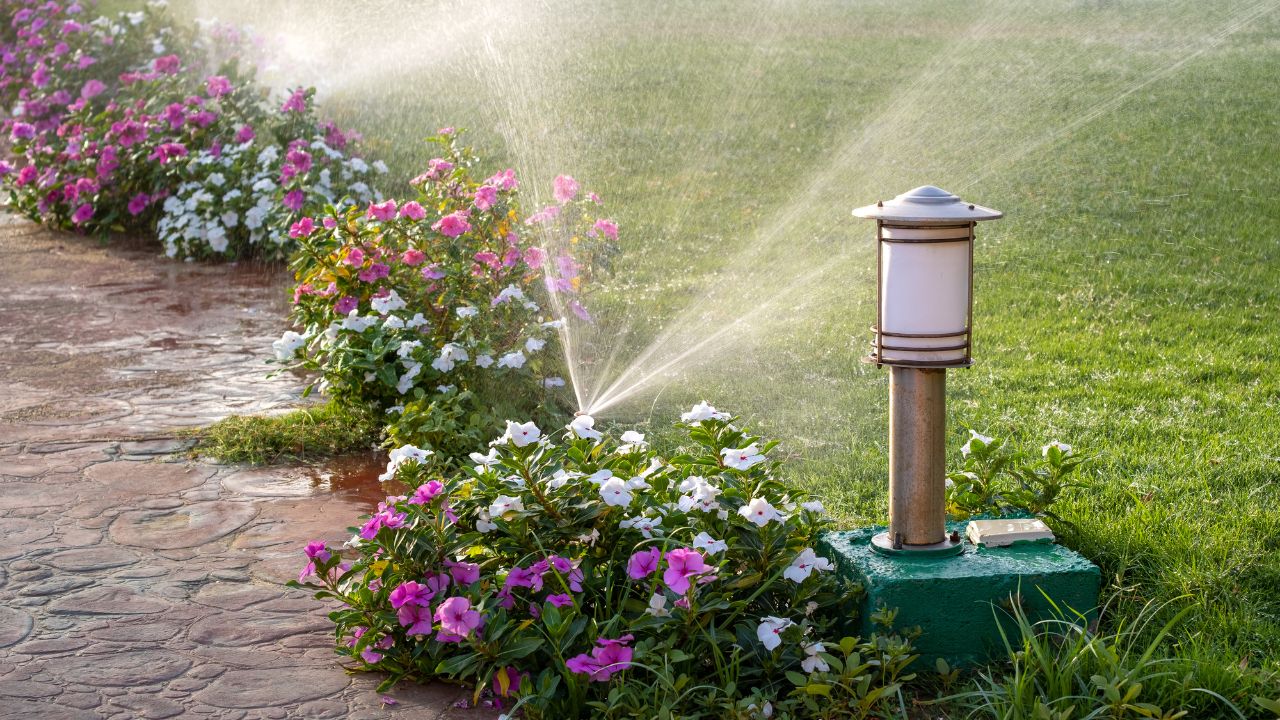
Image Credit: Shutterstock.
Sometimes the water hose gets kinked and breaks, or the dog chews it up, or the sun damages it. Don’t wait to check on it until you need it: take a look at your garden hoses now.
Do you have an irrigation system? It makes it so much easier to water your garden! Install one before planting this spring.
Or, if you need a budget option, here’s an idea: punch holes in the bottom of an empty water jug and bury it with only the top exposed. Then fill it up with water and let it do its job, sending water deep into the ground straight to the root system. Add PVC pipe if bending down to fill the container is too much of a problem. Fill the jugs when they empty and leave the worry behind.
Get Ready for Summer and Fall Bounty

Image Credit: Shutterstock.
It’s always good to get a head start on your spring garden. If you have everything ready, as soon as that last predicted frost date hits, you can hit the ground running. With these simple preparations, there should be a greater chance of a bountiful harvest in the coming fall.

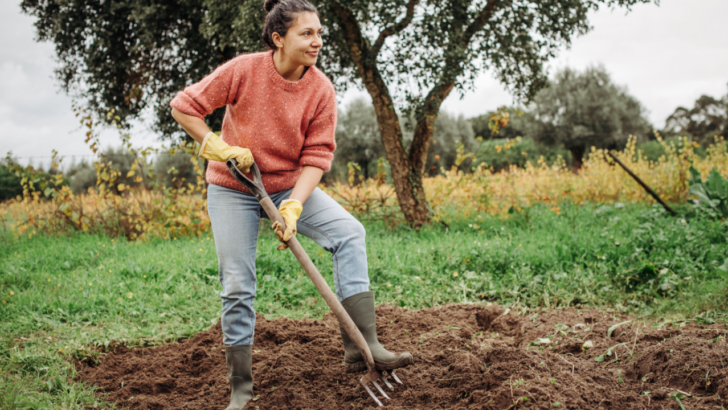

The Ultimate Gardening Guide for Grow Bags
Tuesday 23rd of July 2019
[…] for people who don’t have a backyard. This little gardening solution is a great way for you to grow a vegetable garden on your patio, terrace, or greenhouse. Think of it as a container garden that’s slightly better […]
7 Easy Vegetables To Grow This Spring
Tuesday 23rd of April 2019
[…] Related: prepare your garden for spring […]